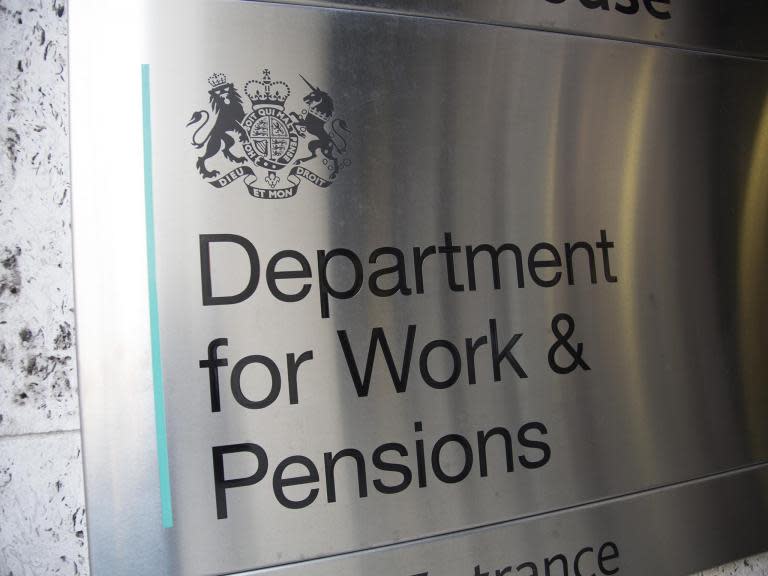Disability benefit spending surges despite government pledge PIP would significantly reduce expenditure
Government spending on disability benefits has surged by around 15 to 20 per cent despite promises that controversial changes to the system would significantly reduce expenditure, new figures show.
Analysis by the Office for Budget Responsibility (OBR) shows that the transition to Personal Independence Payment (PIP) had costed taxpayers considerably more since its introduction in 2013 – despite claims it would reduce spending by a fifth.
PIP was originally intended to save money relative to Disability Living Allowance (DLA). Ministers said it would be save £1.4bn a year by 2015-16, but spending on disability benefits exceeded forecasts, often by large amounts.
The OBR said it tested PIP against three simple scenarios if DLA had remained in place and found that it appears to have cost around £1.5bn to £2bn a year more than the previous benefit would have.
“Far from significantly reducing spending as planned, the introduction of PIP appears to have raised it,” the OBR said. “Indeed, PIP appears to cost more than a continuation of DLA would have done.”
The new disability benefit has been riddled with criticism from the outset, with concerns that the assessment process for PIP claims was contributing to a “pervasive lack of trust” in the system, and figures showing that refusals were being overturned at appeal at a rate of 68 per cent.
The Independent revealed this week that more than 17,000 people have died while waiting to hear whether their PIP claims were successful since 2013.
This prompted accusations that the government was “failing people at the most vulnerable point in their lives”.
Waiting times for PIP claims have meanwhile risen over the last year, with the latest figures published by the Department for Work and Pensions (DWP) showing that the average waiting time for new claims is 14 weeks – a rise of a month since March 2018.
A government spokesperson said: “Our priority has always been to ensure disabled people get the support they’re entitled to. PIP is designed to focus support on people with the greatest needs and that’s happening, with 31 per cent of people getting the highest level of support, compared to 15 per cent under DLA.
“As with any major new benefit we have been flexible and adapted our approach, and we continue to make improvements to ensure PIP is working in the best way possible.”

 Yahoo News
Yahoo News 

